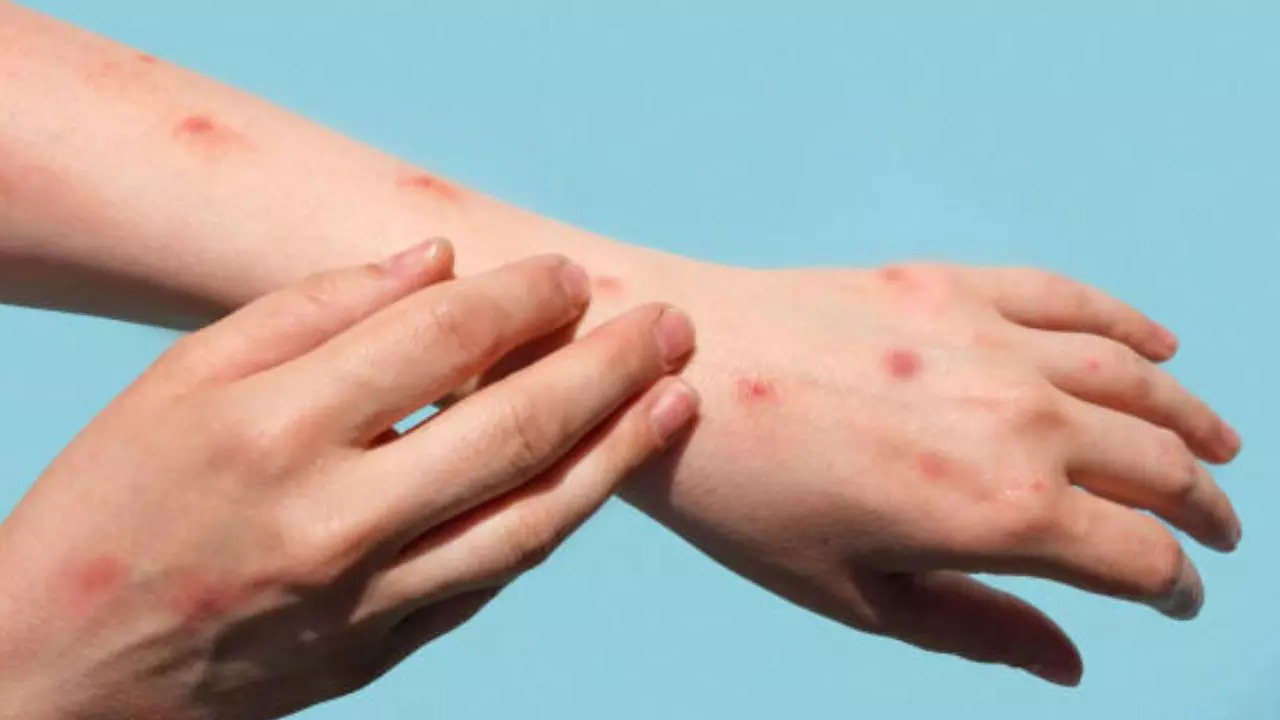Mpox spreads to 116 countries: Here’s all you need to know about the viral outbreak (Image credit: iStock)
He Mpox The virus has wreaked havoc across the world, affecting 116 countries. The World Health Organization (WHO) has scheduled an emergency committee meeting for today to address the ongoing outbreak. In a recent report, the health agency classified the situation as a Grade 3 “acute” emergency, the highest alert level, indicating the need for immediate and urgent action.
Since its emergence in 2022, the outbreak has continued, with recent increases in cases reported globally. The virus is spreading across West, Central and East Africa, and cases have also been detected in the Americas and Europe.
Everything you need to know about the Mpox virus
Signs and symptoms
Mpox disease presents a variety of symptoms that can vary in severity. The most common early signs include:
1. Fever: The sudden onset of high fever is usually one of the first symptoms.
2. Headache: Severe headaches often accompany fever.
3. Muscle aches: Muscle pain and discomfort are common, especially in the back and extremities.
4. Fatigue: A general feeling of exhaustion or tiredness is frequently reported.
5. Swollen lymph nodes: Swollen lymph nodes, particularly in the neck, armpit, or groin, is a key hallmark of Mpox.
Within a few days of the onset of fever, a rash usually appears, beginning on the face and then spreading to other parts of the body, including the palms of the hands and soles of the feet. The rash progresses through several stages:
– Macules: Flat, discolored spots on the skin.
– Papules: Firm, raised bumps.
– Vesicles: Small fluid-filled blisters.
– Pustules: Lesions filled with pus.
– Crusts: Pustules eventually dry out and form crusts, which fall off as the infection resolves.
The full illness usually lasts 2 to 4 weeks, and although symptoms can be severe, most people recover without requiring intensive medical care.
Causes of Mpox
Mpox is caused by the Mpox virus, a member of the orthopoxvirus genus, which also includes the variola virus (responsible for smallpox). The virus is transmitted to humans through close contact with an infected animal, a human, or contaminated materials. Animal-to-human transmission can occur through bites, scratches, or direct contact with the blood, body fluids, or skin or mucous membrane lesions of infected animals. Human-to-human transmission, although less common, can occur through:
– Respiratory droplets: Prolonged face-to-face contact.
– Direct contact: With bodily fluids or injury material.
– Contaminated objects: Such as bedding, clothing or utensils.
Who is at risk?
While anyone can get Mpox, certain groups are at higher risk. These include:
1. People in close contact with infected people: health workers, family members or other people close to an infected person.
2. People in endemic areas: residents or travelers in regions where Mpox is more common, such as parts of central and western Africa.
3. Children: Because their immune systems are underdeveloped, children are more susceptible to severe forms of the disease.
4. People with weakened immune systems: People with HIV, those receiving chemotherapy, or others with compromised immune systems are at increased risk for serious illness.
5. Pregnant women: Pregnant women are at higher risk of contracting the mpox virus.
Diagnosis
Diagnosis of Mpox involves a combination of clinical evaluation and laboratory testing. Diagnosis will take into account the patient’s symptoms, travel history, and any possible exposure to infected animals or people. Laboratory confirmation is typically done by:
– PCR test: Polymerase chain reaction (PCR) tests on samples of skin lesions, such as fluid from vesicles, pustules, or scabs.
– Serological tests: To detect antibodies against the virus, although their use is less frequent due to possible cross-reactivity with other orthopoxviruses.
Treatment
There is no specific treatment for Mpox, but palliative care can help control symptoms and prevent complications. Treatment strategies include:
– Pain and fever management: use of over-the-counter analgesics and antipyretics.
– Hydration: Ensure adequate fluid intake to prevent dehydration, especially if there is significant fluid loss from skin lesions.
– Antiviral medications: In severe cases, antiviral medications such as tecovirimat (ST-246) may be used under compassionate use protocols.
– Wound care: Proper care of skin lesions to prevent secondary bacterial infections.
Disclaimer:
The information contained in this post is for general information purposes only. We make no representations or warranties of any kind, express or implied, about the completeness, accuracy, reliability, suitability or availability with respect to the website or the information, products, services, or related graphics contained on the post for any purpose.
We respect the intellectual property rights of content creators. If you are the owner of any material featured on our website and have concerns about its use, please contact us. We are committed to addressing any copyright issues promptly and will remove any material within 2 days of receiving a request from the rightful owner.

